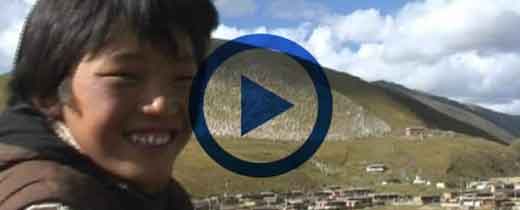Yajiang County is a county under jurisdiction of Garze Tibetan Autonomous Prefecture. Located in south of Garze Prefecture, in the middle reaches of Yalong River
Yajiang, also known as “Nyachukha” in Tibetan, means “River mouth“. Historically, it was one of the important ferry crossings of Yalong River. The army of Qing Dynasty used to station here. When Yajiang county was establishde, it was named as “Nyachukha”. Later, it was renamed as “Yajiang” because the county was located on the bank of Yalong River.
Location
It borders Kangding City in east, Muli Tibetan Autonomous County in south, Litang County in southwest, and Dawu County and Xinlong County in north.
The county seat, Hekou Town (also “Pundadrong” in Tibetan), is 2500 meters above sea level, 147 kilometers away from the prefectural capital Kangding City, and 435 kilometers away from provincial capital Chengdu
The Ancient Tea Horse Trading Route run through the territory of Yajiang County for 187 kilometers and leaving 5 major post sites. The stones piled up on the way, which is called “Donara” in Tibetan
For thousands of years, merchants, horsemen, and travellers on this route, when there were no prayer flags and five-color wind-horse paper, they picked up a stone and piling it up, in order to show their respect and worship the mountain god, and praying for a safe journey.
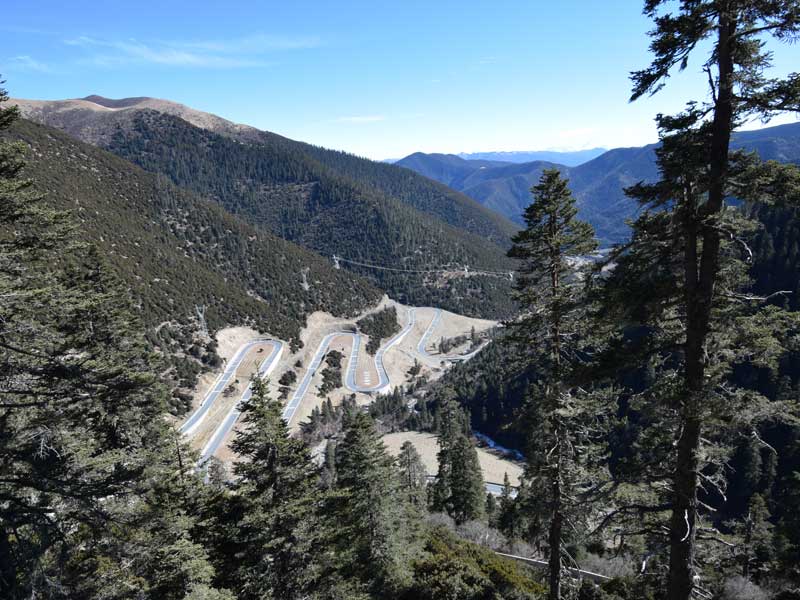
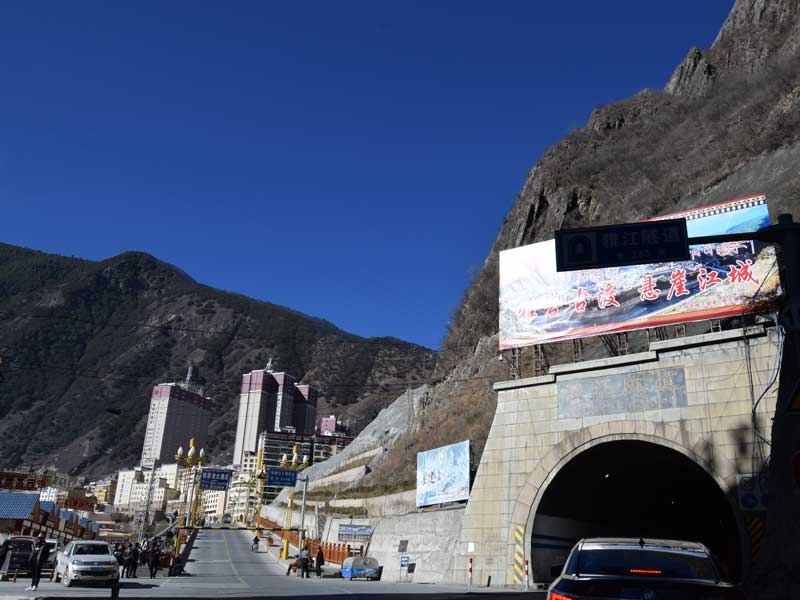
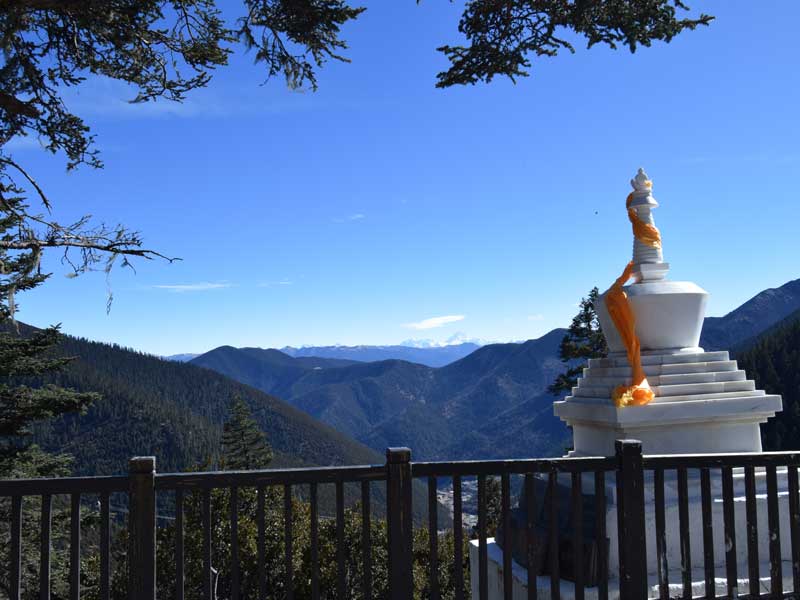
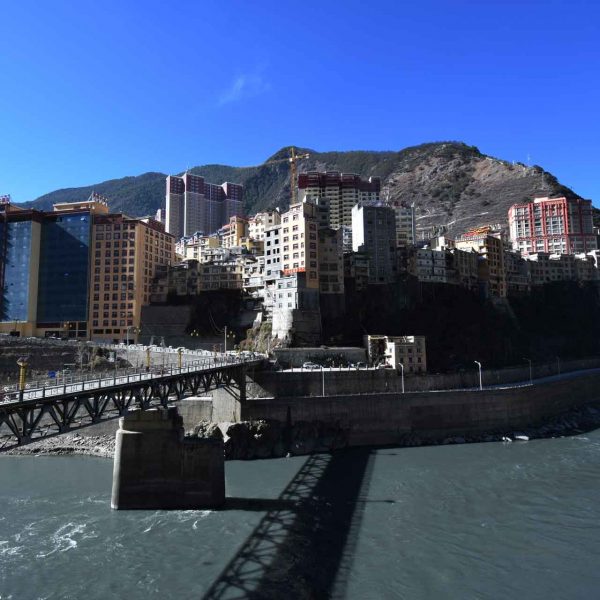
Best time to travel
From May to October
Local climate
Sub-humid climate zone of Qinghai-Tibet Plateau
Most popular sites
Ji Ren Lake is one of the 108 lakes in Yajiang. It is the largest and most peculiar lake with a fabulous color. It is 4,100 meters above sea level. There are three unknown lakes in this order above the ladder, and the top lake is sky blue. Looking around, 108 lakes are dotted around and the lake is over the horizon. The four lakes are of different size and colors, such as a terraced field, and are spectacular; Occasionally golden color fishes can be visible in the lake.
Solow monastery is a Tibetan word, meaning “the temple left by the Mongols.” The temple was built over 900 years ago. There is only one defensive god called Zhen Ma Zhen. A puja is held in each November
Guosa monastery was founded in 1358 BC being the first ancient temple in the south of Kham. Usually, the monasteries are built on the mountain and facing the water. But the Guosa monastery is built near the water and facing the mountain. This is one of the unique of Guosa monastery.
Monastery Festival : Guosa Puja, 3 days from 23rd to 25th of the 10th month
Date of Thangkar unfolding: 25th of the 10th month in Tibetan calendar
Tea-Horse Trading Route The ancient Tea Horse Trading Route in Yajiang County is about 187 kilometers. There are 5 ruins of the station. The stones piled up with white and black stones are called “Donalar Village,” which means to worship the black stones of the mountain gods. For thousands of years, the pedestrians who came and walked on the Tea Horse Trading Route passed through here. Without the prayer flags and colored wind paper, they took a stone and piled it up to show their respect for the mountain gods and pray for a safe journey. There are many such piles at the top of the mountain or at the mountain pass. Among of which two piles of stone are with weight no less than 100 tons.
Zusang grassland area Zusang, the Tibetan word for “three villages”, was named after the three long villages of Zhongjiu, Benda and Bache. According to legend, the Tibetans,who moved to this place in order to avoid wars, from Zhusang, Xinduqiao and Daofu County were all members of a tribe named Muya. After a long time, the tribe members married and interacted with local Tibetans in this beautiful place where flowers bloom, and live in a world like paradise.
Their wedding process is quite unique, it is said that this is the only place in Ganzi Tibetan Prefecture that completely preserves the ancient wedding customs of Muya people. In the wedding day, the bride rids a big horse to the bridegroom’s family front door, but without dismount, unless the bridegroom’s family persuade thoroughly, sometimes, the persuading prcess may even take up to 6 – 7 hours long. Now there are still many manuscripts of this kind of vernacular that are also popular here.
Geography and climate
Yajiang County is located in the transition zone between alpine valleys and grasslands on the eastern edge of Qinghai-Tibet Plateau. It is in southern Garze Prefecture, and the middle reaches of Yalong River, covering an area of 7,637 square kilometers.
Yajiang County belongs to the hilly plateau mountains in northwest Sichuan, the middle section of the Hengduan Mountains, and the mountain plains between the Daxue Mountains(Minyak Rabgang) and the Shaluli Mountains.
Its terrain is high in north and low in south.
–The southwest of Yajiang is very high mountainous landform with an altitude of more than 5000 meters;
–The central of Yajiang is valley landform; most areas are over 3000 meters above sea level,
–The northeast and northwest of Yajiang are mountainous landforms, ridges are over 4000 meters.
There are 35 peaks with altitude of over 5000 meters above sea level. Among them, the eastern peak of Nuqiba is 5252 meters above sea level, which is the highest point in the county, and the lowest is Brinyong River at Yayihe Township, with an elevation of 2266 meters.
The main feature of Yajiang’s climate is the four distinct seasons.
–Summer (May-October) is affected by the Indian Ocean maritime monsoon, warm and rainy
–Winter (from November to April) is affected by the northwestern continental monsoon, relatively dry
Annual average temperature is 11℃, average temperature in January is 1.4℃, average temperature in July is 18℃,
Annual average temperature is relatively small, the daily difference is large
Annual precipitation is 650 mm, the frost-free period is 188 days, and annual average sunshine is 2,319 hours.
Population and ethnicity
As of 2020, the total population of Yajiang County is about 58.9 million, of which 32,951 Tibetans account for 95.2% of total population. The remaining ethnic groups include Han, Hui, Yi, Qiang, and Mongolian ethnic groups.
Ethnic customs
Yajiang is a Tibetan settlement with rich Tibetan cultural heritage. Almost everyone in Yajiang county can sing and dance, and the five popular songs and dances in Tibetan areas such as “Guozhuang dance”, “Xuan-zi singing”, “folk songs”, “wine songs”, and “KU KU Gua” are widely circulated in Yajiang’s villages and pastures. Among of which, “Jiu Zhuo Zhuo” in the territory is a unique “Mandarin duck dance”
Yajiang’s religious culture is highly inclusive. The five major sects Tibetan religion, i.e: Gelug Pa, Kagyu Pa, Nyingma Pa, Sakya Pa, and Bon are all exist in this county. The Tibetan culture is fully reflected in architectures of this county.
Mu Ya Culture
In Kangding, Daofu, Jiulong, Yajiang and other areas around Gongga Mountain, a small number of people use a Muya language. They were called “Muya people.” According to statistics, there are about 10,000 Muya people, among of which about more than 1,000 Muya people live in the Tang Gu village of Jiulng county.
Mu Ya People has its own language, and its language structure is very similar to Xi-xia language. The Mu-ya language is divided into eastern and western dialects. The area around Wanba and Hongba in Jiulong County belongs to the eastern dialect area. The Muya Tibetans who speak this dialect claim themself as to be “Mule”; Tang-gu of Jiulong county, Sha De Xiang, Liu Ba Xiang, Pu Sha Rong, Peng Bu Xi of Kangding City, and Zhu Sang Xiang of Yajiang County are all belong to the western dialect area. The Muya Tibetans who speak this dialect call themselves “Muya”. The eastern dialect is more influenced by Chinese and the western dialect is deeply influenced by Tibetan.
Recommended hotels
Cha Ma Gu Dao Hotel
Add : No. 54, Xin Street
Contact : +86 836 512-9999
Long Xiao Xiang Rui Hotel
Add : No. 2, Chuan Zang Street
Contact : +86 836 512-7666
Muya Grand Hotel
Add : No. 224, Jia Fang street
Contact : +86 836 512-8000
Yajiang Motel Tibet
Add : Er Dao Qiao village
Contact : +86 836 512-1333
Ya Jing Hotel
Add : No. 1, Jie Fang Street
Contact : +86 836 512-2588
Yalong Jiang Grand Hotel
Add : No. 20, Bu Xing Street
Contact : +86 836 512-6666
How to get to Yajiang
Yajiang county is located in the inner-area of Garze Tibetan Prefecture, the only way to get there is by overland travel; the closest airport is Kangding airport, which tremendously shorten the distance from this county to other towns or cities in Sichuan province
Kangding Airport Facts
Contact: +86 836 282 7811
IATA Code: KGT
Altitude: 4,238 meters
Yajiang Bus Station
Add: No. 26, Chuan Zang Street
Contact: +86 836 512-4551
Altitude: 2,500 meter
Distance from Yajiang to
- Xinduqiao Town: 76 kilometers, about 1.5 hours’ drive
- Kangding City : 150 kilometers, about 3 hours’ drive
- Kangding airport : 125 kilometers, about 3 hours’ drive
- Litang County : 385 kilometers, about 9 hours’ drive
- Daocheng County : 285 kilometers, about 5.5 hours’ drive
- Yading Nature Reserve : 390 kilometers, about 7.5 hours’ drive
- Bamei County : 130 kilometers, about 2.5 hours’ drive
- Batang County : 305 kilometers, about 7 hours’ drive
- Xinlong County (Nyarong) : 200 kilometers, about 5.5 hours’ drive
- Danba County : 215 kilometers, about 5 hours’ drive
- Chengdu : 435 kilometers, about 7 hours’ drive
Brief History
From pre-Qin period(Paleolithic period – 221 BC), Yajiang area was land of “Qiang Tribe”
During Han Dynasty (202 BC-220 AD), Yajiang area was ruled by “White Wolf Kingdom”
During Sui Dynasty(AD 581-AD 619), it belonged to “Fu Kingdom”
During Tang Dynasty (AD 618-AD 907) and Song Dynasty (960 AD-1279 AD), it was occupied by Tubo kingdom
During Yuan Dynasty (1271-AD 1368), it was under jurisdiction of Tubo High Pacification Commissioner’s Office
During Ming Dynasty (AD 1368-AD 1644), the east of Yalong river of Yajiang area was ruled by Changhe-xiyu-tongningyuan Pacification Commissioner’s Office
During Qing Dynasty (AD 1616-AD 1912), Yajiang area was ruled by Litang Chieftain and Kangding Mingzheng Chieftain respectively
In the 58th year of Emperor Kangxi of Qing Dynasty (1719 AD), a ferry was set up at River mouth and garrisoned,
In the 3rd year of Emperor Xuantong of Qing Dynasty (1911), when the policy of “Gaitu Guiliu” was implemented, this place was named “Nyachukha County”
Gaitu Guiliu, also known as “conversion of chieftain system” or “conversion of abandoning chieftain system”, refers to abolition of chieftain who originally ruled ethnic minorities. Instead, officials appointed by the central government. It began in Emperor Yongle’s period at the beginning of Ming Dynasty and was implemented on a large scale during Emperor Yongzheng’s period of Qing Dynasty.
In the 3rd year of Republic of China (1914), the county was renamed as “Yajiang County”
In May 1936, the Red Army arrived at Yajiang and established Yajiang Boba Government
In the 28th year of Republic of China (1939), it belonged the 1st administrative inspectorate of Xikang Province.
In 1950, it belonged to the Tibetan Autonomous Region of Xikang Province.
In 1955, Tibetan Autonomous Region of Xikang Province was changed to Xikang Tibetan Autonomous Prefecture, in the same year, it was renamed as “Garze Tibetan Autonomous Prefecture“, since then Yajiang County has been under its jurisdiction



